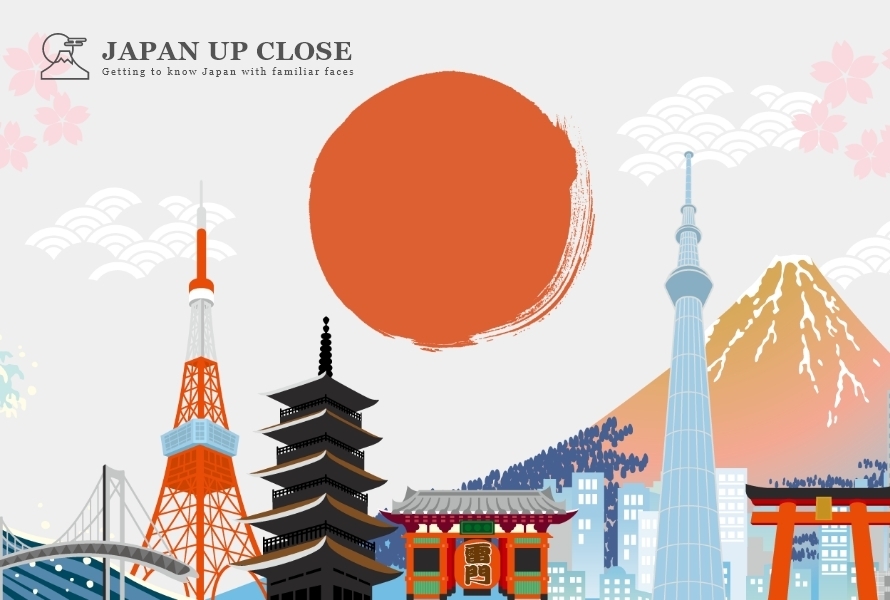TECH & CULTURE
Omotenashi and Bowing: A Unique Japanese Culture of Respect and Heartfelt Hospitality
November 27, 2023
In 2013, the Japanese word "Omotenashi" became a hot topic throughout the world, partly due to its presentation at the IOC (International Olympic Committee) General Assembly where the Tokyo Olympics were decided. This article explains first what is "Omotenashi" and introduces the Japanese "Bowing" culture at the end.
1. Omotenashi
Omotenashi means "to treat others with respect without expecting anything in return” and "to serve others wholeheartedly” and it is a concept unique to Japan and a tradition that continues to this day. Omotenashi is characterized by the fact that the giver and the receiver are equal. The recipient also thinks of and respects the provider, and the aim is to make both sides feel comfortable. In addition, it is important to make a comprehensive assessment of the other person's culture, the position, the season, and the weather when providing hospitality. Omotenashi is also an aspect that must impress. What is needed in this process is "consideration beyond imagination”. To make the recipient feel comfortable, it is necessary to take time to think about what the other person is looking for, and what can be done to make the recipient happy.

The word "Omotenashi'' itself has been known since 794, during the Heian period and it is closely related to the Japanese tea ceremony (Sado). It is said that as Sado developed from the Heian period to the Muromachi period (794-1573), the spirit of hospitality also spread. Sen no rikiyu; a famous tea master during the Azuchi-momoyama period, who was active in the world of Sado, pointed out that providing the best space for each guest is the essence of "Omotenashi” and his spirit has been carried over to modern Japan.

In Japan, Omotenashi is all around us; the Japanese inn and hotel services, the highly accurate train service that arrives and departs on time are examples of Omotenashi.
Japanese people began to bow around 500-800 years ago when Buddhism was introduced from China. In those days, bowing was a sign of status. For example, those who greeted people of high status would show themselves in a lowered position to indicate that they were not a threat to the other person. Today, it is recognized as an action that conveys respect, gratitude, and apology to the other party.
2. Japanese Bowing Culture
Japanese people began to bow around 500-800 years ago when Buddhism was introduced from China. In those days, bowing was a sign of status. For example, those who greeted people of high status would show themselves in a lowered position to indicate that they were not a threat to the other person. Today, it is recognized as an action that conveys respect, gratitude, and apology to the other party.

There is a wide variety of words and actions that come with bowing around the world, but Japan is the only country that uses different types of bowing depending on the purpose of use.
There are three common forms of bowing: "Eshaku (light bow)", "Keirei (medium bow)" and "Saikeirei (deep bow)”.
The "Eshaku" is performed with the upper body tilted at about 15 degrees, the "Keirei" at about 30 degrees, and the "Saikeirei" at about 45 degrees. The "Eshaku" is used for simple greetings in the morning and evening, "Keirei" is for customers and superiors, and "Saikeirei" is used to express gratitude, apologize, or people of high status.
There are three common forms of bowing: "Eshaku (light bow)", "Keirei (medium bow)" and "Saikeirei (deep bow)”.
The "Eshaku" is performed with the upper body tilted at about 15 degrees, the "Keirei" at about 30 degrees, and the "Saikeirei" at about 45 degrees. The "Eshaku" is used for simple greetings in the morning and evening, "Keirei" is for customers and superiors, and "Saikeirei" is used to express gratitude, apologize, or people of high status.



